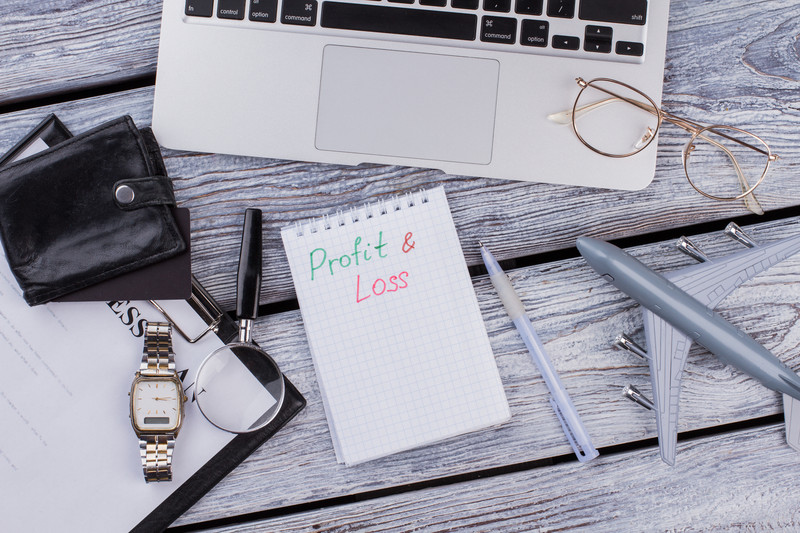You sold your house at the peak and brought home a cool profit—that’s great, but now you’ve got a big tax bill to deal with. Fortunately, there is a way to minimize the tax man’s take if some of your other investments haven’t done so well this year.
Tax loss selling or tax loss harvesting is a strategy for reducing your capital gains taxes by leveraging your capital losses.
Here’s how it works: Say you’ve got a poorly performing stock in your portfolio. You could hold onto it, hoping to see it climb in value, or sell it at a loss and deduct it from your capital gains.
- Let’s say you made $1,000 on a winning stock. Depending on your tax bracket, you’d have to pay up to 50% of that in tax.
- But if you lost $1,000 selling a different losing stock, your gains and losses cancel each other out and erase your tax bill.
Here are a couple of other points to keep in mind:
- Tax loss harvesting doesn’t apply to registered accounts like RRSPs or TFSAs because these investment vehicles already provide tax incentives and advantages.
- Timing your losses is key. For capital losses to offset capital gains for 2022, you must incur them within the calendar year. The clock is winding down.
And beware of the superficial loss rule. You’ll have to wait 30 days before you can buy back into a stock you sold off.
- You can still have exposure to the same sector as the stock you sold, but it’s wise to consult with a pro if you’re concerned you may run afoul of this rule.
Bottom line: Nobody likes to lose, but tax loss selling is the silver lining. And remember, if you only suffered losses this year (same, guys), those losses can be carried forward indefinitely and applied to future gains.
